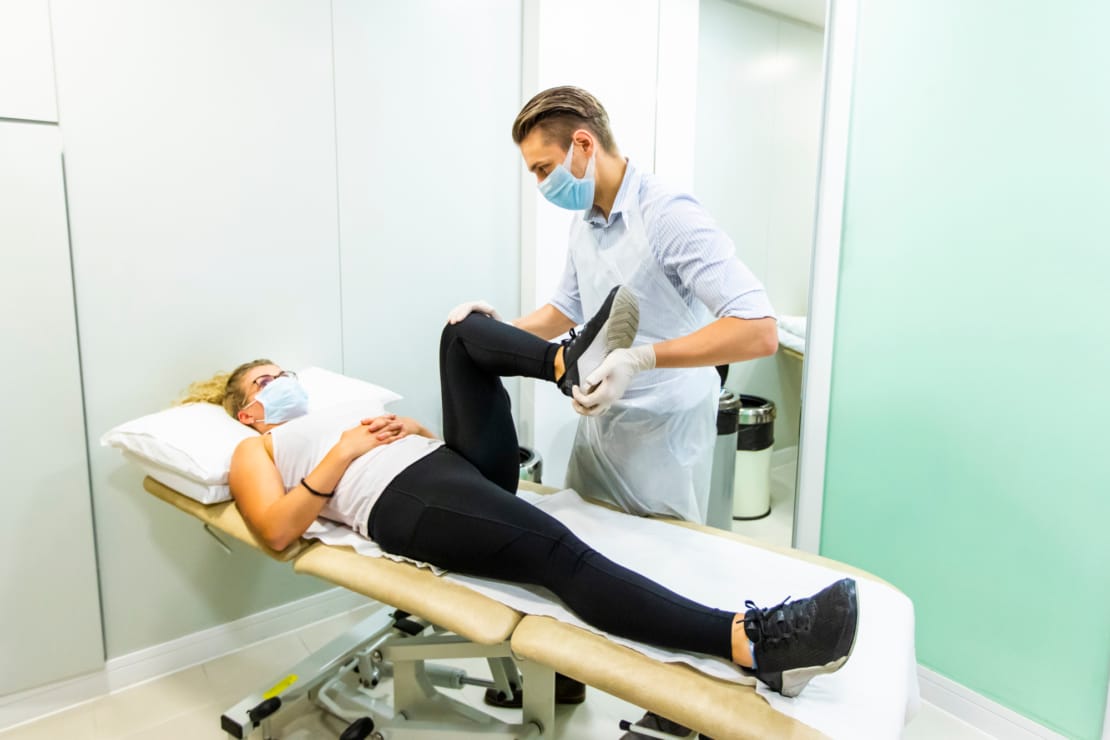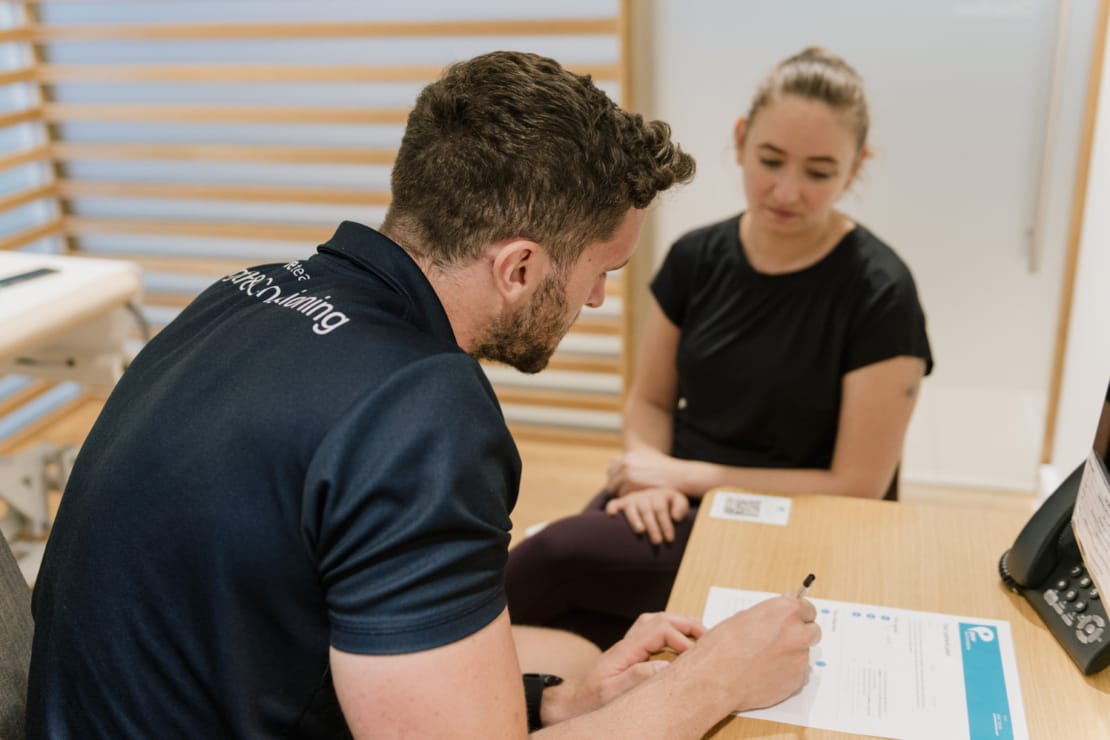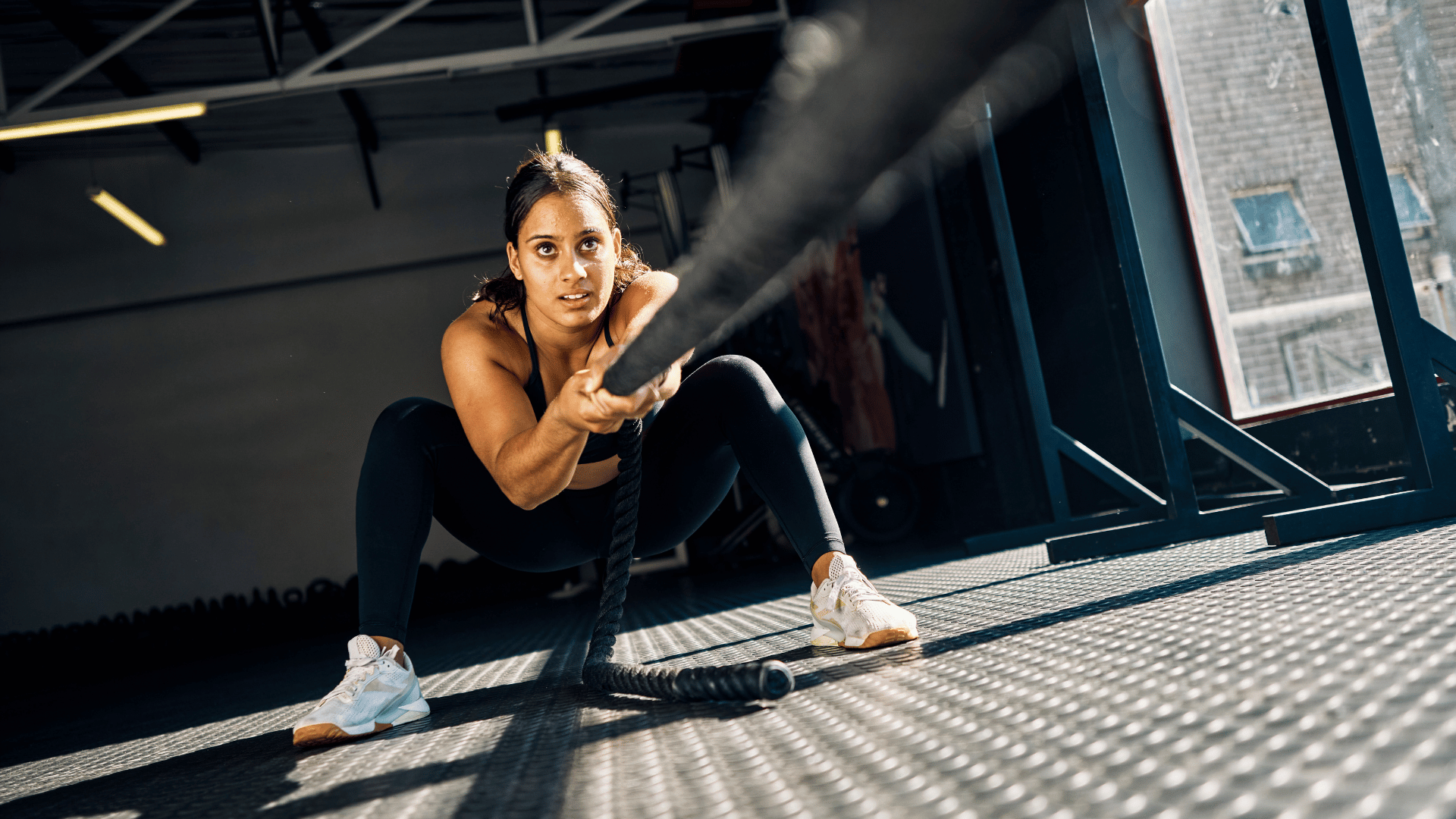The Runner with Shin Pain

Pure Sports Medicine
- 21 September, 2018
- Running
- Podiatry
- Pain Management
- 3 min read
Shin pain is particularly common amongst distance runners and is commonly referred to as ‘shin splints’. This term is misleading.

There are a number of potential causes of shin pain and accurately identifying the specific diagnosis is essential for targeted treatment. This in turn improves treatment outcome and thus return to running!
What Causes Shin Pain?
Pain along the tibia (shin bone) can be related to 1 or more of the following:
- Bone stress: continued stress to the tibia can lead to a breakdown in bone cells faster than they are produced leading to a stress reaction and eventual stress fracture
- Inflammation: the lower leg muscles have an attachment to the shin through the outer layer of the bone (periosteum). Activity results in muscles pulling on this area. If the periosteum is repetitively subjected to heavy traction forces this area can become inflamed (periosteitis) and very sore. This can occur along the outside of the shin or on the inside and will be influenced by biomechanics and training loads. This is a common cause of shin pain which I will be focusing on in this blog
- Vascular insufficiency: blood flow through the arteries of your lower leg can be greatly restricted through raised pressure in the compartments of the lower leg. Alternatively thrombotic disease or vascular collapse can account for such symptoms and if this is a suspected diagnosis it needs to be investigated by a doctor
- Elevated compartment pressure: the lower leg is divided into compartments each of which contain blood vessels, nerve endings and muscles. The compartments are surrounded by a non- elastic fascial sheath. Repetitive traction on the periosteum can lead to these sheaths becoming thickened. In turn chronic inflammation and repetitive overload will result in the pressure of the compartments rising very quickly during exercise leading to severe shin pain. This diagnosis requires specialist testing and we will look at this in my next blog
Nerve Entrapment
Shin splints’ is not an accurate diagnosis for shin pain.
What is Medialtibial Traction Periostitis and How Does This Present?
This discomfort often presents as a diffuse pain along the inside of the shin bone and is present at the start of exercise but eases as you warm up only to come back with vengeance after exercise and the next morning.
When clinically examined very acute, painful cases can be very tender along the bone and it is important that any possibility of a stress fracture is ruled out. This will require imaging and you may be referred for a CT, MRI scan or isotopic bone scan to confirm diagnosis.
As mentioned above, when overused some of the muscles in the lower leg will apply a high traction force on the periosteal lining of the bone and this can cause pain and swelling.
What Causes This?
Training errors
- Foot mechanics: excessive pronation at speed
- Poor footwear for you
- Strength and flexibility issues
- Poor metabolic bone health
- Everyone presents with different skeletal alignments, different flexibility and different mechanics. To address the causative factors of this condition in you will require a bespoke assessment potentially involving a physiotherapist, podiatrist and in some cases a doctor
Treatment
You may have tried a number of treatments in the past including stretching, ice treatment and medication. It is important that acute symptoms are settled AND causative factors are addressed to prevent recurrence.
The RICE principle can be applied in those early painful stages:
- REST
- ICE
- COMPRESSION
- ELEVATION
Anti-inflammatory medication can often be beneficial for some individuals. Offload the shin if you have a race coming up; continuing to run will increase the inflammation and lead to a greater chance of you NOT making race day.
Switch to swimming or cross training to take any heavy loads off the muscles. This will still enable you to keep your CV fitness up and you can still reach race day! You will be surprised at how little running you actually need to do to still achieve your goal if your training is well planned. Taping to offload the area can be very effective and ease pain instantly.
A podiatry assessment looking at gait and foot mechanics is often essential here. Symptoms can often be dramatically changed by simply changing footwear. In other cases orthotics may be required. Though individuals are often reluctant to go down this route I emphasize they are not needed in all cases. For some athletes, however, skeletal alignment is the contributing factor and short of trying to alter where load is absorbed there is little else to be done!
Soft tissue release techniques can be used to release tightness in various muscle groups of the lower leg. This can involve frictions, active release techniques and myofascial release. In severe cases some injection techniques and surgical release can be performed but this is a last resort and all conservative measures must be exhausted before reaching this decision.
What Can You Take From This?
- ‘Shin splints’ is not an accurate diagnosis for shin pain
- An accurate diagnosis is essential for effective treatment and management
- Multiple factors can cause symptoms. A large number of treatment options are available and need to be exhausted before considering any injection or surgical options.

Advice
Over the last 20+ years our experts have helped more than 100,000 patients, but we don’t stop there. We also like to share our knowledge and insight to help people lead healthier lives, and here you will find our extensive library of advice on a variety of topics to help you do the same.
OUR ADVICE HUBS See all Advice Hubs

